Biological and chemical weapons have the potential to pose a national security threat to the U.S. that the country is not equipped to handle, a panel of lawmakers and a military leader told an audience at the Aspen Security Forum.
Category: chemistry – Page 246
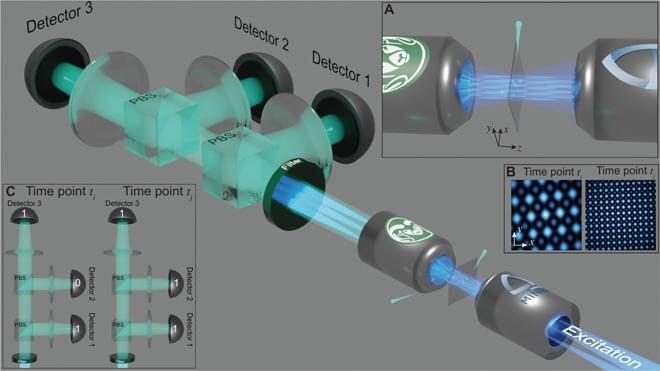
Researchers propose combining classical and quantum optics for super-resolution imaging
The ability to see invisible structures in our bodies, like the inner workings of cells, or the aggregation of proteins, depends on the quality of one’s microscope. Ever since the first optical microscopes were invented in the 17th century, scientists have pushed for new ways to see more things more clearly, at smaller scales and deeper depths.
Randy Bartels, professor in the Department of Electrical Engineering at Colorado State University, is one of those scientists. He and a team of researchers at CSU and Colorado School of Mines are on a quest to invent some of the world’s most powerful light microscopes—ones that can resolve large swaths of biological material in unimaginable detail.
The name of the game is super–resolution microscopy, which is any optical imaging technique that can resolve things smaller than half the wavelength of light. The discipline was the subject of the 2014 Nobel Prize in Chemistry, and Bartels and others are in a race to keep circumventing that diffraction limit to illuminate biologically important structures inside the body.

Researchers Find Way To Reverse Aging
Recent experiments conducted in Boston labs have shown reverse aging results among mice and could show similar results in people.
The combined experiments — which were conducted during a span of 13 years — published Thursday (January 12) in the scientific journal Cell reported that old, blind mice regained eyesight, developed smarter brains and built healthier muscle and kidney tissue, challenging the theory that DNA was the only cause of aging, as it proved that chemical and structural changes to chromatin played a factor without altering genetic code.
The research showed that a breakdown in epigenetic information caused the mice to age and the restoration of the epigenome reversed aging effects.
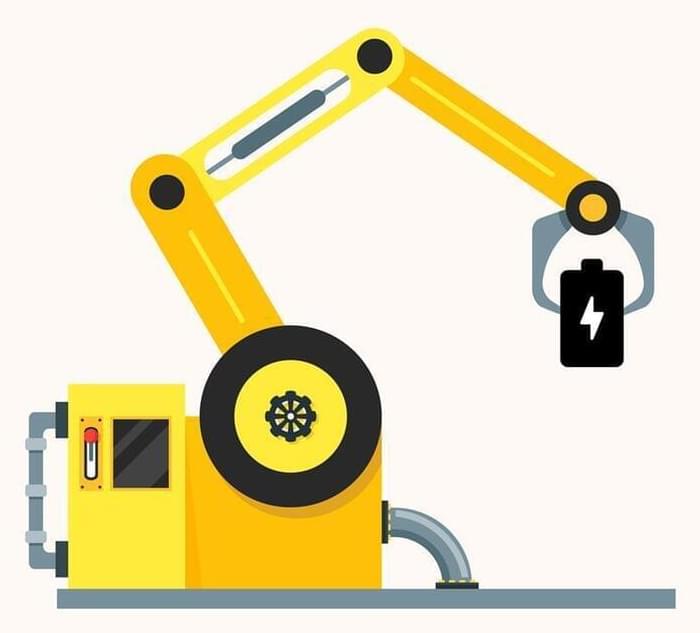
Battery assembly robot brings factory consistency to the lab
Researchers have developed a robot that brings speed, agility and reproducibility to laboratory-scale coin cell batteries.
Until now, laboratories studying battery technology have had to choose between the freedom to iterate and optimise battery chemistry by manually assembling each individual cell, and the reproducibility and speed of large-scale production. AutoBass (Automated battery assembly system), the first laboratory-scale coin cell assembly robot of its kind, is designed to bridge this gap.
Developed by a team from Helmholtz Institute Ulm and Karlsruhe Institute of Technology in Germany, AutoBass promises to improve characterisation of coin cell batteries and promote reproducibility by photographing each individual cell at key points in the assembly process. It produces batches of 64 cells a day.

Fluidic chemical systems can mimic the way the brain stores memories
The brain is often regarded as a soft-matter chemical computer, but the way it processes information is very different to that of conventional silicon circuits. Three groups now describe chemical systems capable of storing information in a manner that resembles the way that neurons communicate with one another at synaptic junctions. Such ‘neuromorphic’ devices could provide very-low-power computation and act as interfaces between conventional electronics and ‘wet’ chemical systems, potentially including neurons and other living cells themselves.
At a synapse, the electrical pulse or action potential that travels along a neuron triggers the release of neurotransmitter molecules that bridge the junction to the next neuron, altering the state of the second neuron by making it more or less likely to fire its own action potential. If one neuron repeatedly influences another, the connection between them may become strengthened. This is how information is thought to become imprinted as a memory, a process called Hebbian learning. The ability of synapses to adjust their connectivity in response to input signals is called plasticity, and in neural networks it typically happens on two timescales. Short-term plasticity (STP) creates connectivity patterns that fade quite fast and are used to filter and process sensory signals, while long-term plasticity (LTP, also called long-term potentiation) imprints more long-lived memories. Both biological processes are still imperfectly understood.
Neuromorphic circuits that display such learning behaviour have been developed previously using solid-state electronic devices called memristors, two-terminal devices in which the relationship between the current that passes through and the voltage applied depends on the charge that passed through previously. Memristors may retain this memory even when no power is applied – they are ‘non-volatile’ – meaning that neuromorphic circuits can potentially process information with very low power consumption, a feature crucial to the way our brains can function without overheating. Typically, memristor behaviour manifests as a current–voltage relationship on a loop, and the response varies depending on whether the voltage is increasing or decreasing: a property called hysteresis, which itself represents a kind of memory as the device behaviour is contingent on its history.
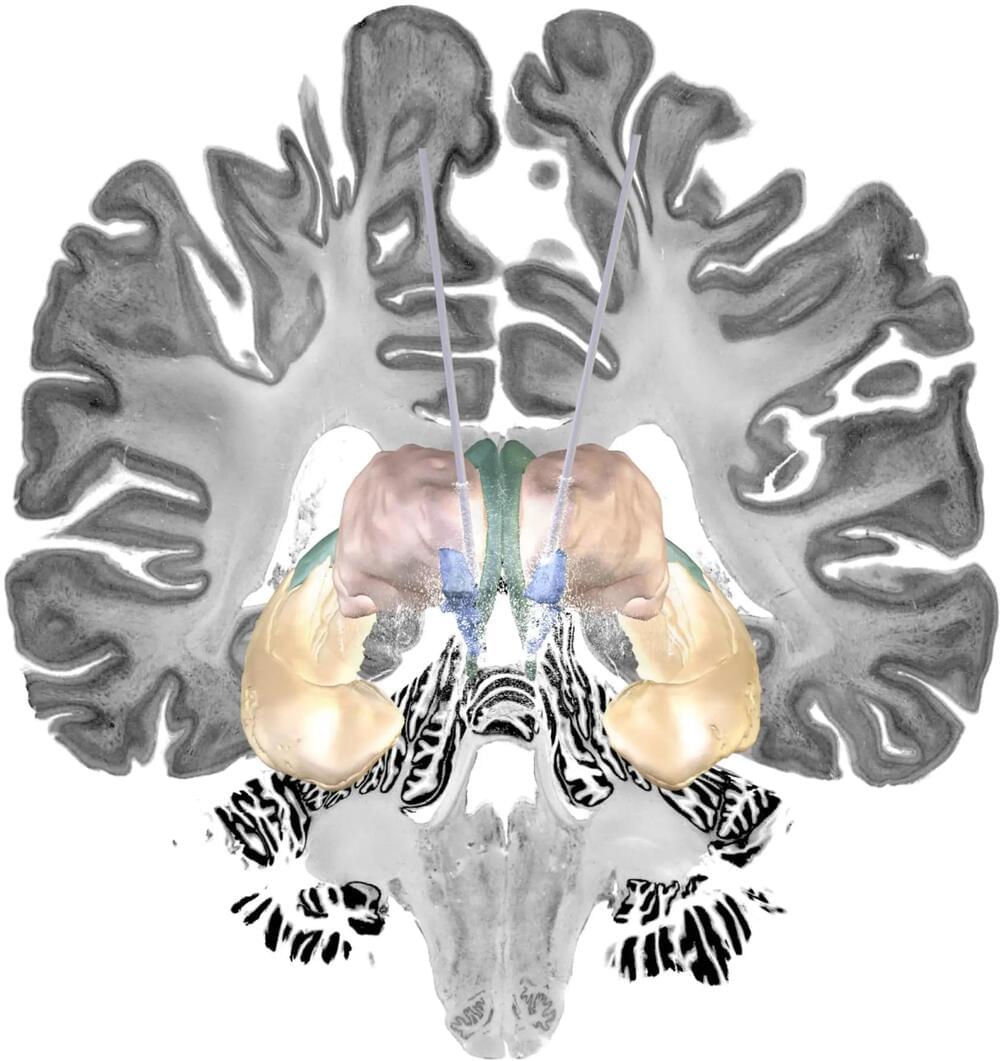
Alleviating Symptoms: Brain Stimulation Could Help Treat Alzheimer’s Disease
Alzheimer’s disease, which is the most common form of dementia, is challenging to treat. A possible therapy is deep brain stimulation delivered by a pacemaker-like device. A team of researchers from Charité – Universitätsmedizin Berlin discovered that stimulating a specific network in the brains of Alzheimer’s patients can decrease their symptoms. The study, published in the journal Nature Communications.
<em>Nature Communications</em> is a peer-reviewed, open-access, multidisciplinary, scientific journal published by Nature Portfolio. It covers the natural sciences, including physics, biology, chemistry, medicine, and earth sciences. It began publishing in 2010 and has editorial offices in London, Berlin, New York City, and Shanghai.
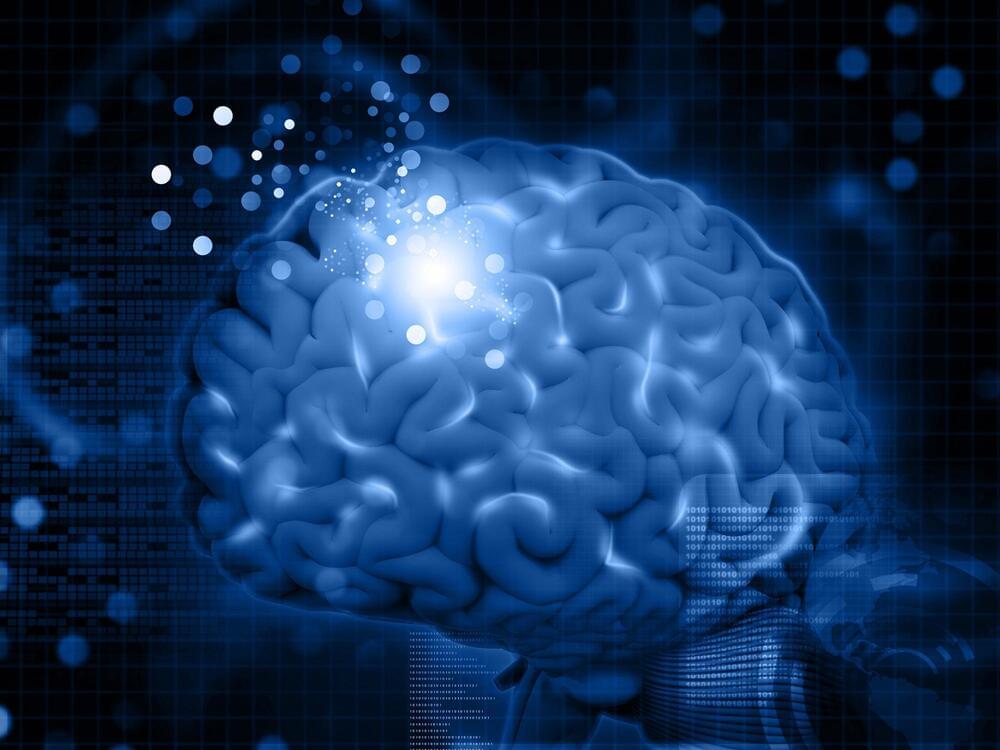
New Research Could Link Evolution of Complex Life to Genetic “Dark Matter”
Octopuses have fascinated scientists and the public with their remarkable intelligence, from using tools to engaging in creative play, problem-solving, and even escaping from aquariums. Now, their cognitive abilities may provide significant insight into understanding the evolution of complex life and cognition, including the human brain.
An international team of researchers from Dartmouth College and the Max Delbrück Center (MDC) in Germany has published a study in the journal Science Advances.
<em>Science Advances</em> is a peer-reviewed, open-access scientific journal that is published by the American Association for the Advancement of Science (AAAS). It was launched in 2015 and covers a wide range of topics in the natural sciences, including biology, chemistry, earth and environmental sciences, materials science, and physics.

Scientists explain emotional ‘blunting’ caused by common antidepressants
Scientists have worked out why common anti-depressants cause around half of users to feel emotionally “blunted.” In a study published today in Neuropsychopharmacology, they show that the drugs affect reinforcement learning, an important behavioral process that allows people to learn from their environment.
According to the NHS, more than 8.3 million patients in England received an antidepressant drug in 2021/22. A widely used class of antidepressants, particularly for persistent or severe cases, is selective serotonin reuptake inhibitors (SSRIs). These drugs target serotonin, a chemical that carries messages between nerve cells in the brain and has been dubbed the “pleasure chemical.”
One of the widely reported side effects of SSRIs is “blunting,” where patients report feeling emotionally dull and no longer finding things as pleasurable as they used to. Between 40% and 60% of patients taking SSRIs are believed to experience this side effect.
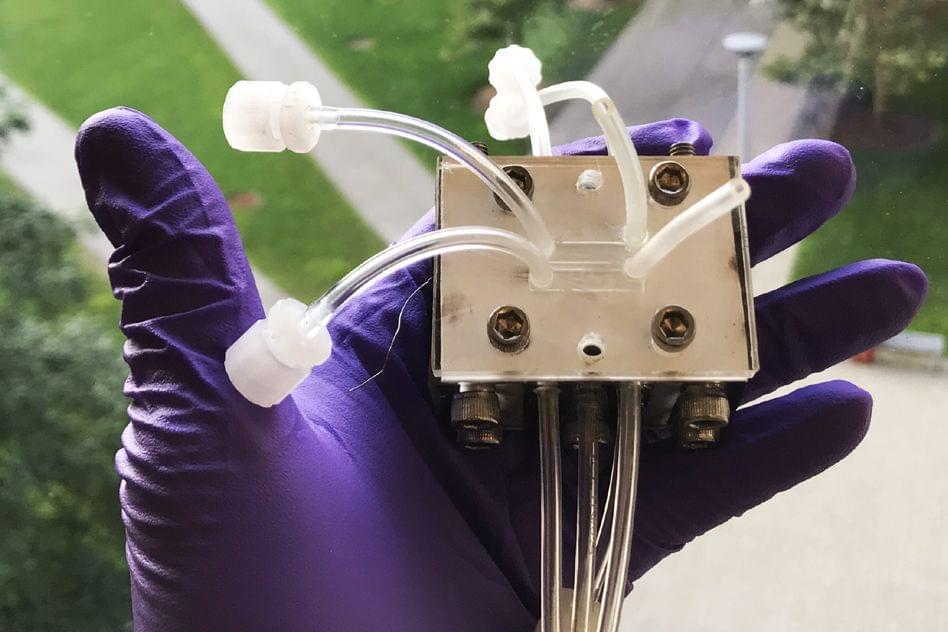
A new way to remove contaminants from nuclear wastewater
I posted about Japan releasing radioactive water, and thought it was a bad idea, because of this MIT revelation.
Nuclear power continues to expand globally, propelled, in part, by the fact that it produces few greenhouse gas emissions while providing steady power output. But along with that expansion comes an increased need for dealing with the large volumes of water used for cooling these plants, which becomes contaminated with radioactive isotopes that require special long-term disposal.
Now, a method developed at MIT provides a way of substantially reducing the volume of contaminated water that needs to be disposed of, instead concentrating the contaminants and allowing the rest of the water to be recycled through the plant’s cooling system. The proposed system is described in the journal Environmental Science and Technology, in a paper by graduate student Mohammad Alkhadra, professor of chemical engineering Martin Bazant, and three others.
The method makes use of a process called shock electrodialysis, which uses an electric field to generate a deionization shockwave in the water. The shockwave pushes the electrically charged particles, or ions, to one side of a tube filled with charged porous material, so that concentrated stream of contaminants can be separated out from the rest of the water. The group discovered that two radionuclide contaminants — isotopes of cobalt and cesium — can be selectively removed from water that also contains boric acid and lithium. After the water stream is cleansed of its cobalt and cesium contaminants, it can be reused in the reactor.
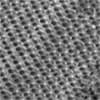
New method for designing nanoscale 3D materials could make fuel cells more efficient
Scientists from UNSW Sydney have demonstrated a novel technique for creating tiny 3D materials that could eventually make fuel cells like hydrogen batteries cheaper and more sustainable.
In the study published in Science Advances (“Synthesis of hierarchical metal nanostructures with high electrocatalytic surface areas”), researchers from the School of Chemistry at UNSW Science show it’s possible to sequentially ‘grow’ interconnected hierarchical structures in 3D at the nanoscale which have unique chemical and physical properties to support energy conversion reactions.
In chemistry, hierarchical structures are configurations of units like molecules within an organisation of other units that themselves may be ordered. Similar phenomena can be seen in the natural world, like in flower petals and tree branches. But where these structures have extraordinary potential is at a level beyond the visibility of the human eye – at the nanoscale.